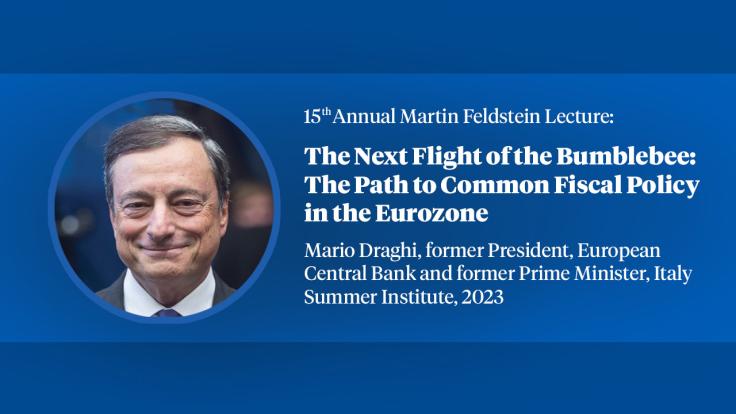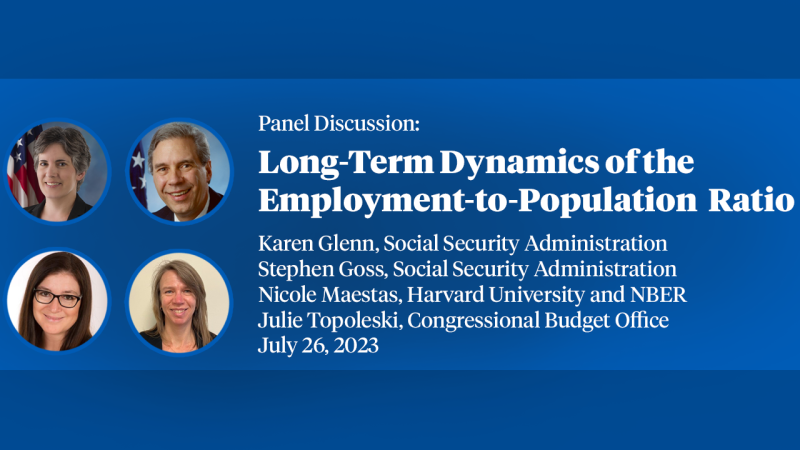The Open Economy: Implications for Monetary and Fiscal Policy
The exchange rate has by 1984 become as central to United States economic policy discussions as it has long been in the rest of the world. In this paper we show how the standard closed-economy macroeconomic model -- the Phillips curve augmented IS-LM analysis -- has to be modified for the United States to take account of the economy's international interactions. The only key structural equation that goes unamended is the money demand equation. Foreign prices,foreign activity, and foreign asset yields in the goods and asset markets appearas important determinants of domestic activity, prices, and interest rates. We show that international interactions exert an important effect on the manner in which monetary and fiscal policies operate. The Phillips curve is much steeper under flexible than fixed interest rates. A tight money policy leads to appreciation under flexible rates, and thus to more rapid disinflation. Fiscal expansion, because it induces currency appreciation, is less inflationary under flexible than fixed exchange rates, but it also involves more crowding out. We show that these effects are in practice significantly large for the United States economy.
Published Versions
Dornbusch, Rudiger and Stanley Fischer. "The Open Economy: Implications for Monetary and Fiscal Policy." The American Business Cycle: Continuity and Change, edited by Robert J. Gordon. Chicago: UCP, 1986, pp. 459-501 and 511-516.
The Open Economy: Implications for Monetary and Fiscal Policy, Rudiger Dornbusch, Stanley Fischer. in The American Business Cycle: Continuity and Change, Gordon. 1986


